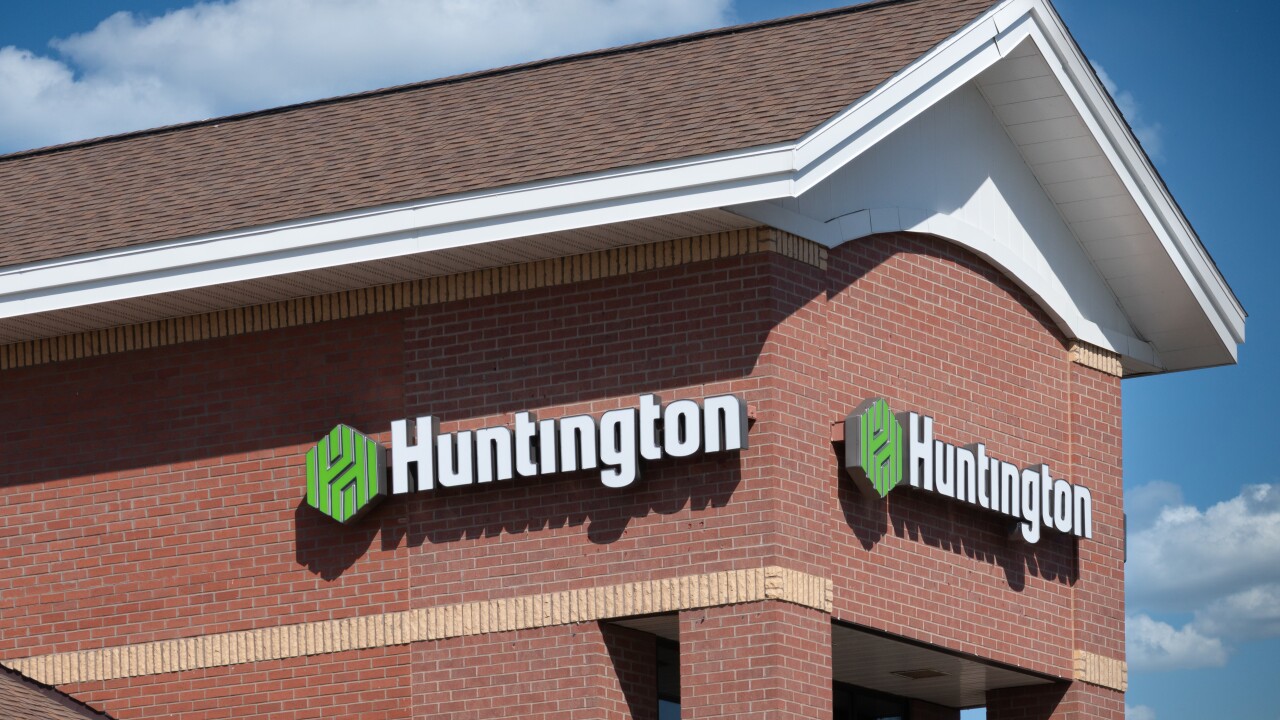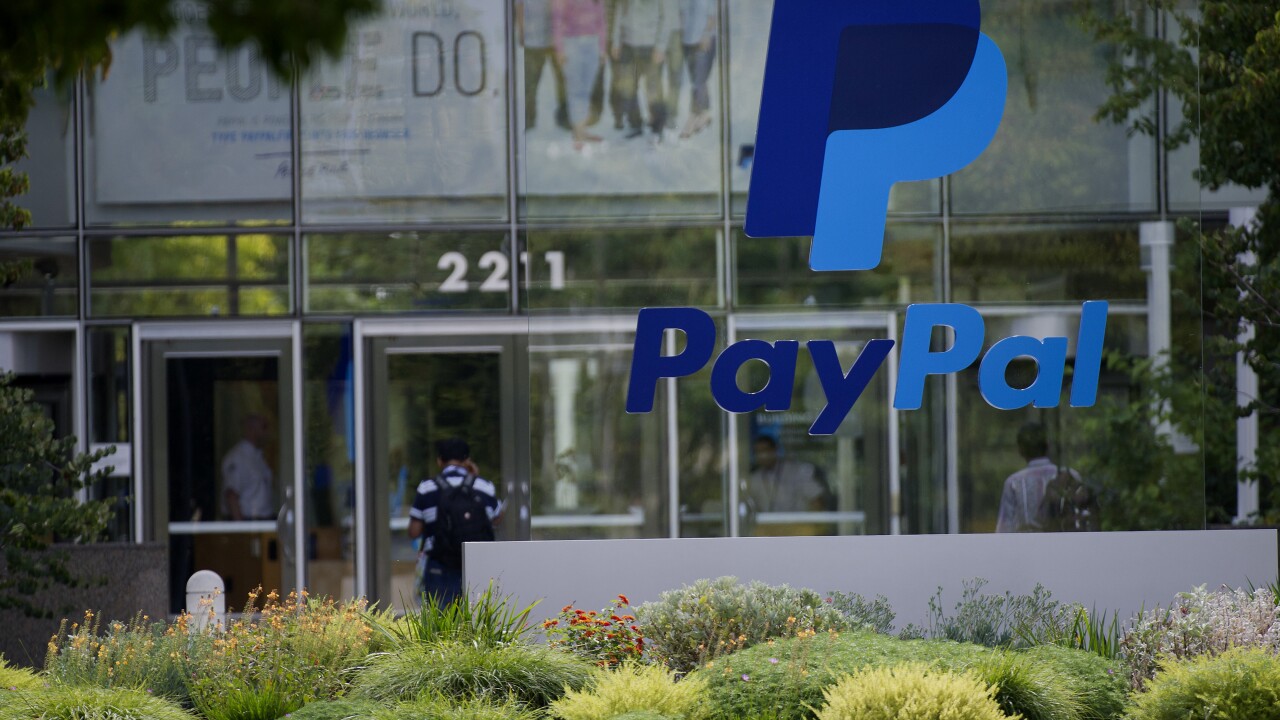HOLLYWOOD—What’s the most important question in America today? According to the publisher of Forbes magazine, it’s “Is the U.S. economy’s current stellar growth rate sustainable?”
That was the message from Rich Karlgaard, forecaster, futurist and publisher of Forbes, speaking during the California and Nevada CU Leagues’ annual conference here.

“Second quarter growth was 4.2 percent, while the initial estimate for third quarter growth was 3.3 percent,” he told attendees. “We had 10 years of 2 percent growth before recently increasing to 3 percent growth. Consumer optimism is a lagging indicator, while CEO and small business optimism is a leading indicator. Regardless of the overall growth rate, a two-speed economy remains. There are cities that work, cities that don’t work; Areas that are succeeding, areas that are struggling.”
Karlgaard spoke just two days after Election Day, and one day after the Dow Jones Industrial Index rocketed up more than 500 points. “Stock markets like gridlock, because things will be locked in place over the next two years. The market does not like one party to have it all,” he assessed.
All businesses – CUs or their clients – need to understand three current megatrends, Karlgaard insisted.
His first megatrend: Technology is not slowing down, it is speeding up. While
“The press is obsessed with artificial intelligence, which has been around since the 1950s,” he observed. “There have been several false dawns of the AI era, but in the last two or three years it has been driven by a much more powerful, faster engine. We are now entering a new period of digital transformation that will disrupt many other industries, including agricultural, energy, manufacturing, transportation, banking and insurance, healthcare, and education.”
Megatrend No. 2 is continued threats by well-capitalized companies that are not normally competitors. Karlgaard noted five of the top six companies in the world are technology companies, three based in the San Francisco Bay area and two in Seattle (the sixth is Warren Buffet’s Berkshire Hathaway). He predicted asymmetric venture capital funding will lead to “repeated assaults on the profit models of legacy companies,” noting, for example, how Uber disrupted taxi companies across America.
“Uber now is valuated at $72 billion, while GM is $52 billion,” he said. “This is in part because GM shareholders want a steady dividend, while Uber is relentlessly innovating.”
Megatrend No. 3: Adaptability is guaranteed to become more important, he said.
Karlgaard also offered four best practices for credit unions:
- Have digital fluency – more than having a fancy website, all C-level employees must take ownership of the digital future, he said.
- Cultural clarity – the most adaptable cultures are organized as triangles of equally strong sides. If people in the organization have to ask permission for everything, it is not fast enough. Build trust internally.
- Team genius – don’t have teams that are larger than what two pizzas can feed. Break point is somewhere between 12 and 16 team members. Data and intuition need to be mixed.
- Human development – Employers still have to recruit and retain good people. Median pay at Facebook is $240,000 per year, so it is difficult to compete for grads of the marquee colleges. “Look for late bloomers,” he said.





